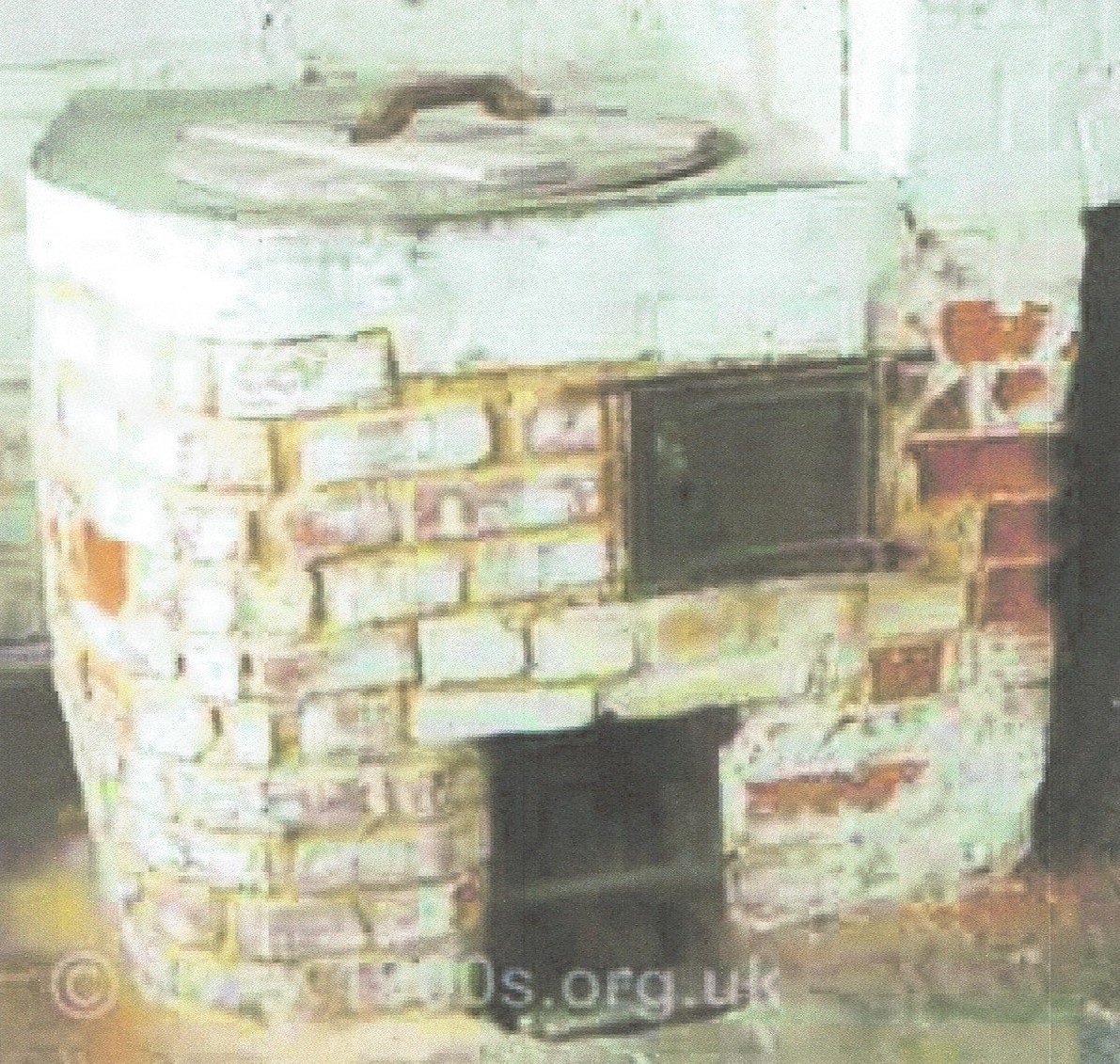Industry > Noxious Trades
Noxious Trades
John Mitchell
Colonists needed candles to light their homes, and soap to clean their clothes. (Personal cleanliness was not yet recognised as an essential quality.) In the early nineteenth century most candles were smoky and smelly and the system for producing soap smelt worse. However, both could be produced locally. Well-to-do households used beeswax candles, but most candles were made of tallow: animal fat was bought from abattoirs, then boiled down to remove impurities.
Abattoirs also provided the raw material for soap by a process of bone-boiling. Scraps of meat and fat were removed and fat fed the pigs, chickens and ducks that grazed in backyards and open spaces. Bone itself was essential in turning animal fat into soap. Completing the circular economy, householders then ate the animals.
These small-scale industries prospered until they were displaced by industrial production of candles and soap in the 1880s. The new soap used vegetable rather than animal products.

